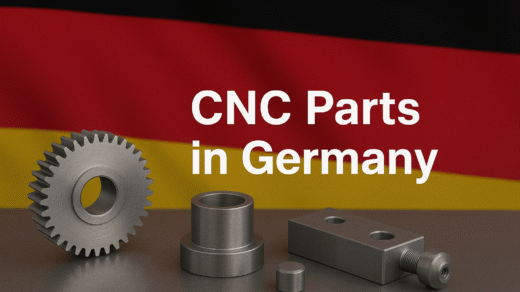Aap soch rahe honge, ek ₹1 ka sikka banane mein sarkar ko kitna kharcha hota hai? Ye sawaal sirf curiosity nahi balki arthvyavastha ke liye bhi kaafi important hai. Chaliye, poore process ka breakdown dekhe:
🏭 Coin Banane Ka Poora Process
-
Raw Material Selection – Stainless steel ke slurry ko chunna
-
Blank Preparation – Coin‑shape mein blanks banana
-
Annealing & Cleaning – Metal ko strong karna
-
Stamping/Coining – Government aur RBI ke design stamp karna
-
Quality Check & Packaging – Final inspection aur packaging
Coin Kis Metal Se Banta Hai?
Ek ₹1 ka sikka majority ferritic grade stainless steel se banta hai jisme:
-
Iron: ~83–84%
-
Chromium: ~11%
-
Nickel: ~4–5%
Ye composition cost-efficient hone ke saath hi corrosion-resistant bhi hai.
₹1 Coin Ki Manufacturing Cost: ₹1.11 se ₹1.28 Tak
RTI ke zariye RBI ne bataya hai ki 2018 mein ek ₹1 ka sikka ₹1.11 banane mein aata tha, jo face value se 11 paise zyada hai.
Recent UniIndia article ne range ₹1.11 se ₹1.28 bataya hai, jisme raw material prices, electricity & labor cost, inflation, aur transportation charges include hain.
Agar hum averaging ₹1.25 per coin maan lein:
-
Loss per coin: ₹0.25
-
Agar croreon coins bante hain, to total loss crores tak pahunchta hai.
Other Denominations – ₹2, ₹5, ₹10 Coins:
| Denomination | Minting Cost | Face Value |
|---|---|---|
| ₹1 | ₹1.11 | ₹1 |
| ₹2 | ₹1.28 | ₹2 |
| ₹5 | ₹3.69 | ₹5 |
| ₹10 | ₹5.54 | ₹10 |
This shows that while ₹2, ₹5, and ₹10 coins cost less than their face value, ₹1 coin doesn’t.
Coin Minting Volume & Trends
-
2016‑17: 903 million ₹1 coins minted
-
2017‑18: Declined to around 630 million units
Mumbai Mint refused to disclose costs citing confidentiality under RTI Act, Hyderabad Mint shared the data.
Sarkaari Nikasi: ₹1 Coins Continue Despite Loss
-
₹1 coin ab bhi widely use hota hai: choti transactions, kirana purchases, toll booths, festive envelopes (shagun), etc.
-
Digital payments badh rahe hain, lekin ₹1 coin rural aur small transactions mein abhi bhi important hai.
Future Outlook & Sustainability
Government ne kuch steps liye cost control ke liye:
-
Metal composition adjust kiya
-
Digital payment adoption promote kiya
Aur bhi initiatives chal rahe hain:
-
Lightweight plastic coins
-
Alloy coins
-
Automation in minting plants
In steps ke bawajood, ₹1 coin abhi bhi circulation mein hoga jab tak ground-level dependence bani rahe.
✅ Conclusion
Ek ₹1 coin banane ka sahi estimated cost ₹1.11 se le kar ₹1.28 tak ho sakta hai, joh uski face value se zyada hai. Ye financially ek slight burden create karta hai, lekin coin ka utility small-value transactions ke liye abhi bhi high hai.
FAQs
Q1. ₹1 coin banane mein kitna cost aata hai?
→ Lagbhag ₹1.11 – ₹1.28 tak, depending on materials aur operational cost.
Q2. Metal composition kya hai?
→ Stainless steel (83–84% iron, 11% chromium, 4–5% nickel).
Q3. Government ko ₹1 coin per kitna nuksaan hota hai?
→ ₹0.10–₹0.25 per coin approx, depending on total cost.
Q4. ₹1 note ke comparison mein coin sasta hai ya mehnga?
→ Coin zyada mehnga lagta hai per unit, lekin zyada durable hota hai (coins typically last >15 years, notes wear out sooner).
Q5. Kya ₹1 coin future mein discontinue ho jayega?
→ Filhaal nahi — rural cash usage aur choti transactions ke liye coin zaroori hai. Digital adoption ke bawajood coin circulation continue rahegi.
